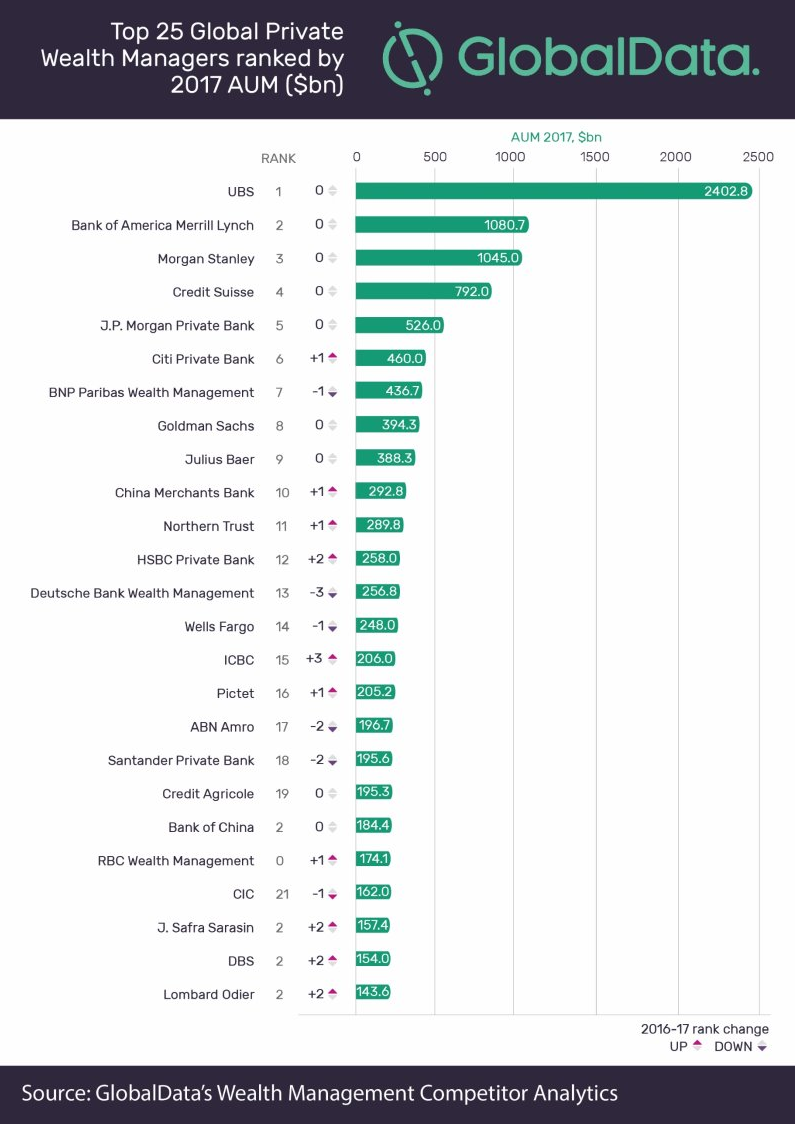
Here are some of the key reasons why AUM is so important: If one is positive and the other is negative, whichever is bigger in quantum will drive the AUM change. If net flows are negative and the market price also falls, the AUM will decline. If net flows are positive and the market price rises, the AUM will increase. A rise in the market price of the underlying asset can also result in a rise in AUM (again, not always).

Positive net flows often (though not always) result in a rise in assets. At any point in time, both inflows and outflows are happening, so one can also see the net flows (inflows minus outflows). A fund’s AUM is a function of three variables: inflows, outflows, and market price. Calculation of Assets under Managementįund houses use different ways to calculate the AUM. The higher the AUM, the more revenue an AMC can generate from its funds. It is also used to calculate the expense ratio charged by mutual funds. The value of these assets constantly changes due to market fluctuations, which affects the AUM of the mutual fund.ĪUM is an important metric for mutual funds as it reflects the size of the fund and can be used as a measure of the fund’s success in attracting and retaining investors.
#Aum finance professional#
In mutual funds, assets under management (AUM) is the total market value of all the assets, such as stocks, bonds, and other securities, that a mutual fund house manages on behalf of its investors.Īsset management company pool money from many investors to construct a diversified portfolio of assets managed by professional fund managers. Understanding AUM is vital for investors. It refers to the total value of all the assets that a financial institution or investment manager manages on behalf of its clients.

Assets under management (AUM) is a metric that tells the size of an investment portfolio.


 0 kommentar(er)
0 kommentar(er)
